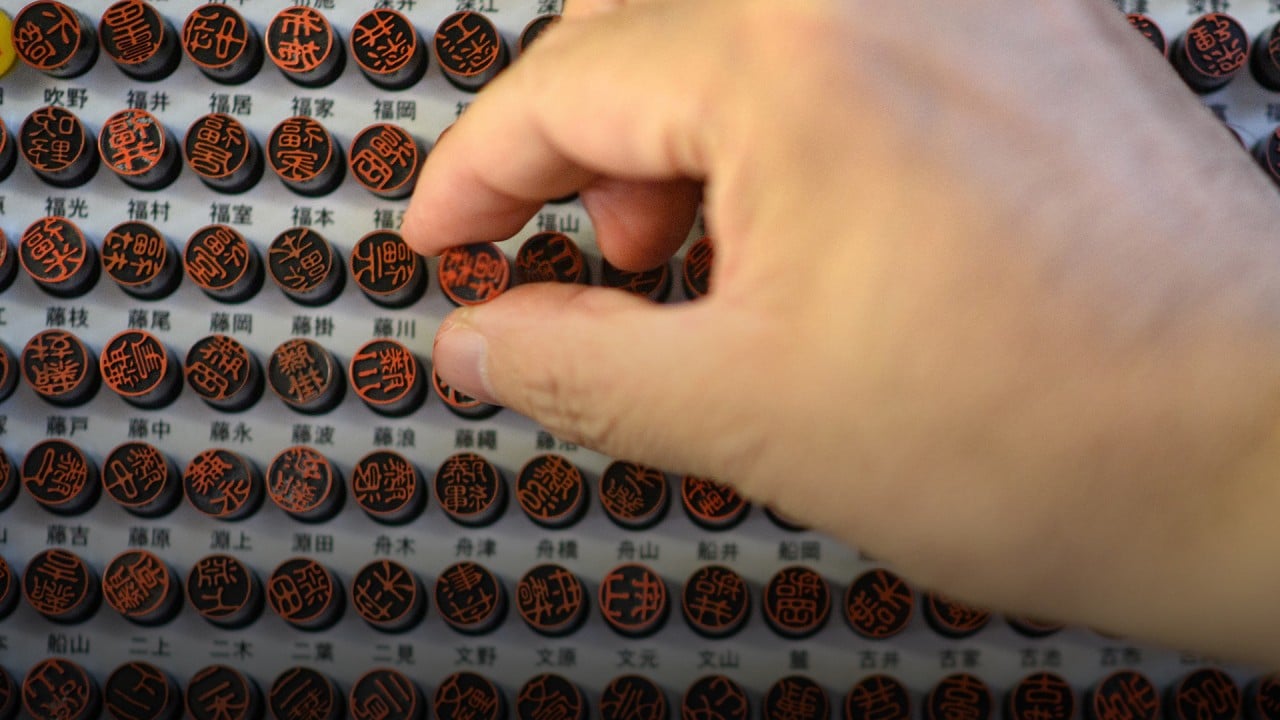
As coronavirus keeps Chinese tourists out of Japan, Kyoto sees a silver lining
- Business is ‘worst it has been for decades’, travel companies say, but a lack of crowds and congestion means locals can rediscover the city’s tranquillity
- Local authorities are seeking to encourage Chinese travellers back
“It has been a very quiet year and the summer months were nothing like they were last year,” said Tamura, director of Cerca Travel Co. “The borders are closed so it is impossible to have foreign tourists visit, so the streets close to the famous sights and places like the Gion geisha district are just empty.”
“It’s a really good time to be in Kyoto,” he said. “This city had a serious problem with overtourism and, for local people, it’s much better right now. It’s easy to get around the town, you can make a reservation for a restaurant, the shops are not too busy. It feels relaxed.”

Masaru Takayama also owns a Kyoto-based tourism firm, Spirit of Japan Travel. He said business was “the worst it has been for decades” – although he agreed the lack of foreign tourists this year had been “positive for the community”.
“The people of Kyoto really appreciate not having the congestion that we have seen so often in the past in the city,” he said. “It’s easier to book a place to eat and the streets are not constantly blocked by hundreds of people.
“I went to a temple over the weekend and it was quiet and peaceful, but I know that if things were normal then it would have been very different. I think it’s good that we have rediscovered some of the tranquillity of the temples and shrines. That is how it should be.
“In the future, I hope tourists do return, but I want the city to prioritise quality tourism experiences and people who stay longer to experience the cultural side of the city over mass tourism.”
Japan luxury retail in dire straits – but will bounce back, analysts say
The event, shown on live streaming channel Taobao Live, focused on the Arashiyama district to the west of the city centre, famous for its Togetsukyo Bridge and tiny temples tucked away in narrow valleys.

At one point, more than 100,000 people were tuned in to the two-hour live-stream on Taobao Live, underlining the popularity of the destination and the desire among Chinese to resume travelling just as soon as conditions permit.
According to the Kyoto city tourism bureau, 53.25 million tourists visited Kyoto in 2019, up 770,000 people, or 1.5 per cent, from the previous year. And while the number of Japanese visitors fell by around 44,000 to 44.66 million, the figure for foreign tourists increased by 810,000 people, slightly over 10 per cent, to 8.86 million arrivals.
Financially, it was also a good year for the city, with spending by domestic and foreign travellers together totalling 1.24 trillion yen (US$11.86 billion), with foreign tourists spending at 1.85 times the rate of domestic visitors to the city.

03:08
In Japan, coronavirus is accelerating the end of ‘hanko’ ink seals
WIDESPREAD DOWNTURN
The situation this year, however, is starkly different. An analysis of the city’s tourism sector by the local branch of the Bank of Japan described a “widespread downturn” in the industry, while a survey of major hotels in April revealed the number of foreign tourists was down 99.7 per cent.
There are no signs that the Japanese government is planning to lift a broad ban on leisure tourists returning in the near future. And even though Japan and China have a travel corridor for businesspeople, Beijing is also urging anyone travelling for work purposes to be careful.
In a news conference hosted last week by the State Council Information Office, Vice-Foreign Minister Luo Zhaohui, said: “We do not recommend people touring abroad.”
Phuket’s bars and beaches deserted as coronavirus batters Thai tourism
“For those who have to go abroad for humanitarian purposes or other reasons, it is important for them to take good self-protective measures and have full knowledge of Covid-19 prevention and control policies at their countries of destination,” he cautioned.
“I get depressed when I think about all those crowds coming back again,” said one poster on Twitter. “This plan has not considered the residents at all.”
Another added, “Kyoto, you really have not learned your lesson, have you?” while a third post read, “Just stop it! Tourists ruin the city and are annoying.”

